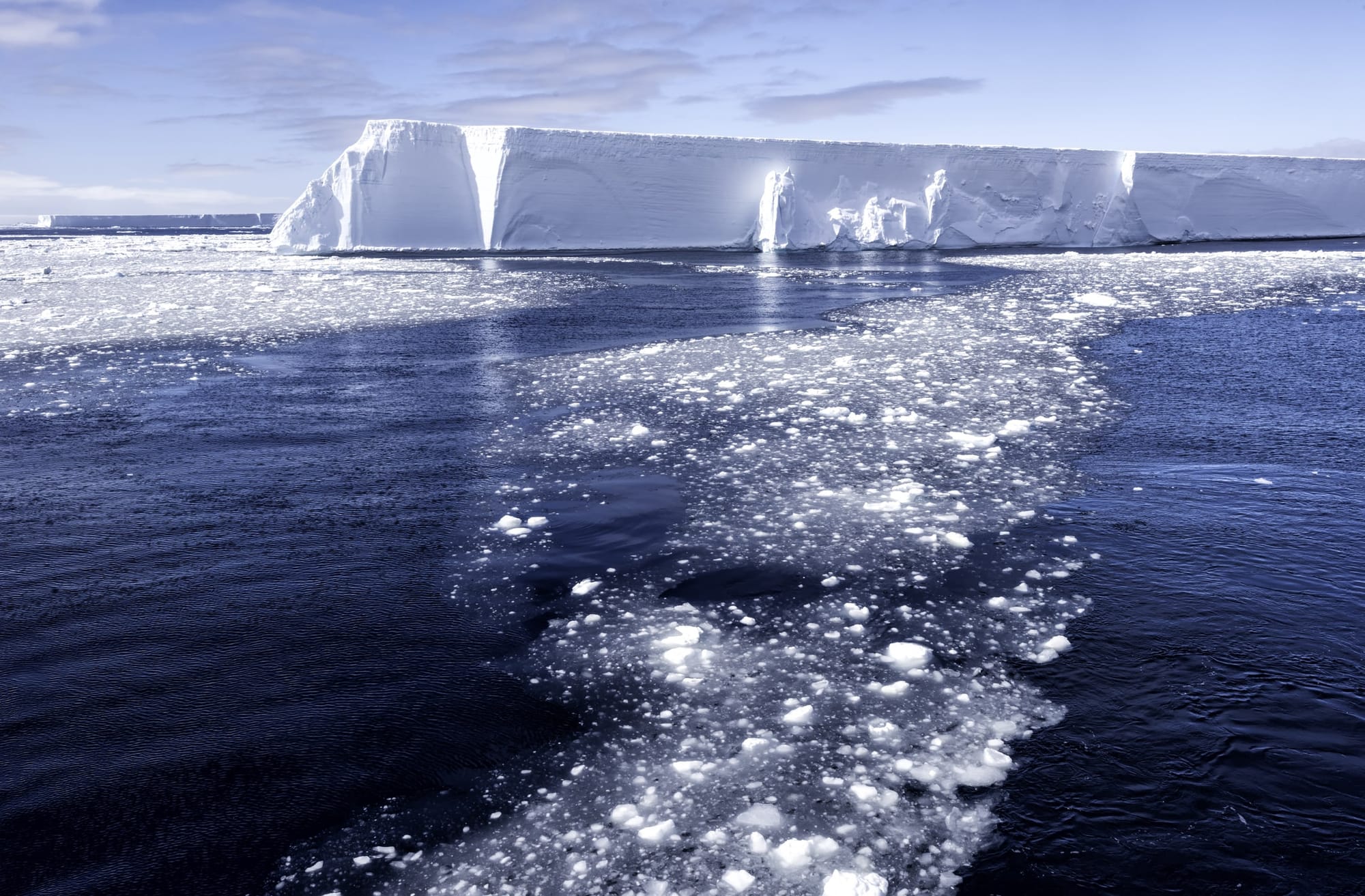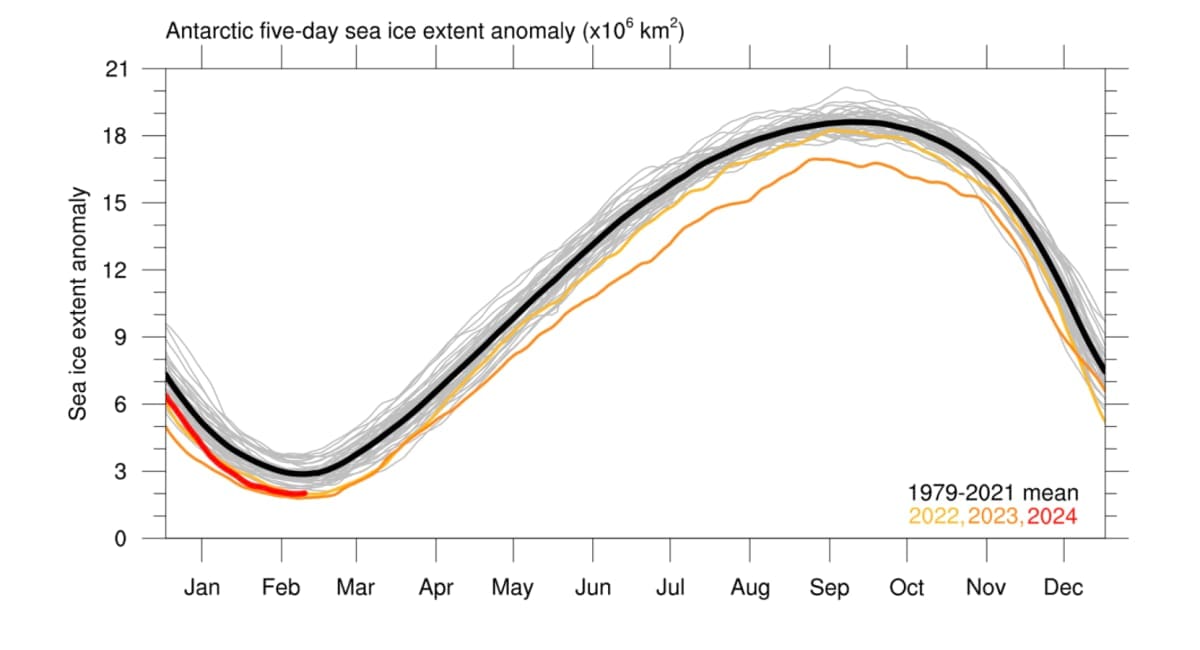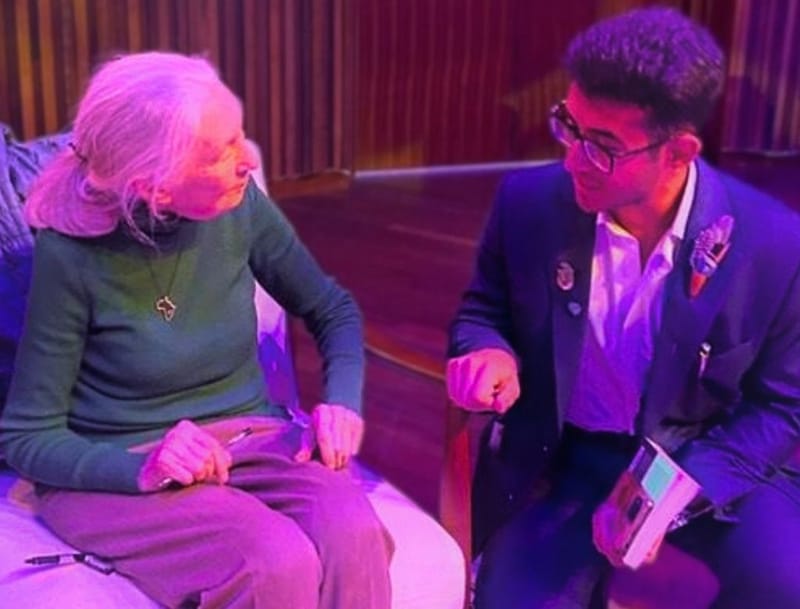
Antarctic sea ice waxes and wanes with the seasons, and is at its annual minimum in late summer.
It’s important for myriad reasons – sea ice reflects sunlight back to space and drives the deep ocean circulation, it acts as a protective barrier for the ice shelves that buttress the Antarctic Ice Sheet, and it provides habitat for creatures that live in the Southern Ocean, from penguins to krill, affecting ecosystems and the cycling of carbon throughout the ocean.
In February 2023, Antarctic sea ice extent broke the record minimum, set only a year earlier in February 2022. At the time of writing, sea ice may not have yet reached its minimum for 2024, but it’s already the third-lowest sea ice summer on record.
This is both remarkable and alarming.

Antarctic sea ice is a variable system
Variability of Antarctic sea ice is high, making it challenging to place the current low sea ice conditions into context. The satellite observational record only began in November 1978, so it’s difficult to disentangle decadal variations in sea ice with long-term climate change.
Further, the Southern Ocean is a notoriously difficult region to observe, meaning measurements of sea ice thickness and ocean conditions underneath the sea ice are sparse, limiting our process-based understanding of what’s driving sea ice change.
One record low sea ice summer could be attributed to variability. However, a string of below-average sea ice years and two consecutive record-low sea ice summers seems less likely.
A new state for Antarctic sea ice
The back-to-back record-low sea ice levels in February 2022 and 2023 motivated research published in September 2023 that detected a new low-coverage state for Antarctic sea ice, with subsurface Southern Ocean subsurface warming found to be important.
The connection between sea ice and the underlying ocean indicates the current period of diminished sea ice may signify a new state or regime for Antarctic sea ice.
Sea ice acts as a delicate interface between the ocean and the atmosphere, thus it’s susceptible to influences from both.
Over shorter periods, such as days and weeks, sea ice is primarily shaped by atmospheric conditions – forming when the air temperature drops and being moved by wind patterns.
However, over longer timescales, the ocean plays a pivotal role in determining how sea ice reacts to atmospheric conditions. The conditions below the surface significantly impact the variability and changes in sea ice coverage.
Read more: Devastatingly low Antarctic sea ice may be the ‘new abnormal’, study warns
Recent evidence suggests a fundamental shift in how Antarctic ice behaves within the atmosphere-ocean-sea ice system, and that low sea ice levels may be the new abnormal.
Now we’ve seen three consecutive extremely low sea ice summers, it strengthens the case for a new regime in Antarctic sea ice.
A new study examining changed sea ice behaviour finds that increased variability in summer sea ice and repeated summer minimums could imply Antarctic sea ice is approaching a critical transition to a new regime.
Everyone should be concerned
We understand broadly how sea ice regulates global climate through large-scale impacts. For example, because sea ice is reflective, it reflects sunlight and helps keep the surface cooler. As Antarctic sea ice declines, we’ll see amplified warming of the southern high latitudes, as we’ve seen over the past few decades for the Arctic.
But there’s a lot about the impacts of sea ice change that we don’t yet fully understand. For example, what will an abrupt decline mean for Southern Ocean ecosystems and carbon cycling? What will it mean for weather systems here in Australia?
To be able to adapt to future climate change, we urgently need to prioritise Antarctic research.
And, as always, we also need to urgently cut our emissions.
While there are many aspects of Antarctic change that remain to be understood, we know that the more we limit emissions and warming, the more we limit future changes to the frozen parts of our planet.
Discover a transformative journey into the heart of climate change with our expert-led units CLI1200 - Climate change: Impacts and adaptations and CLI1100 - Climate change: Risks and responses.





